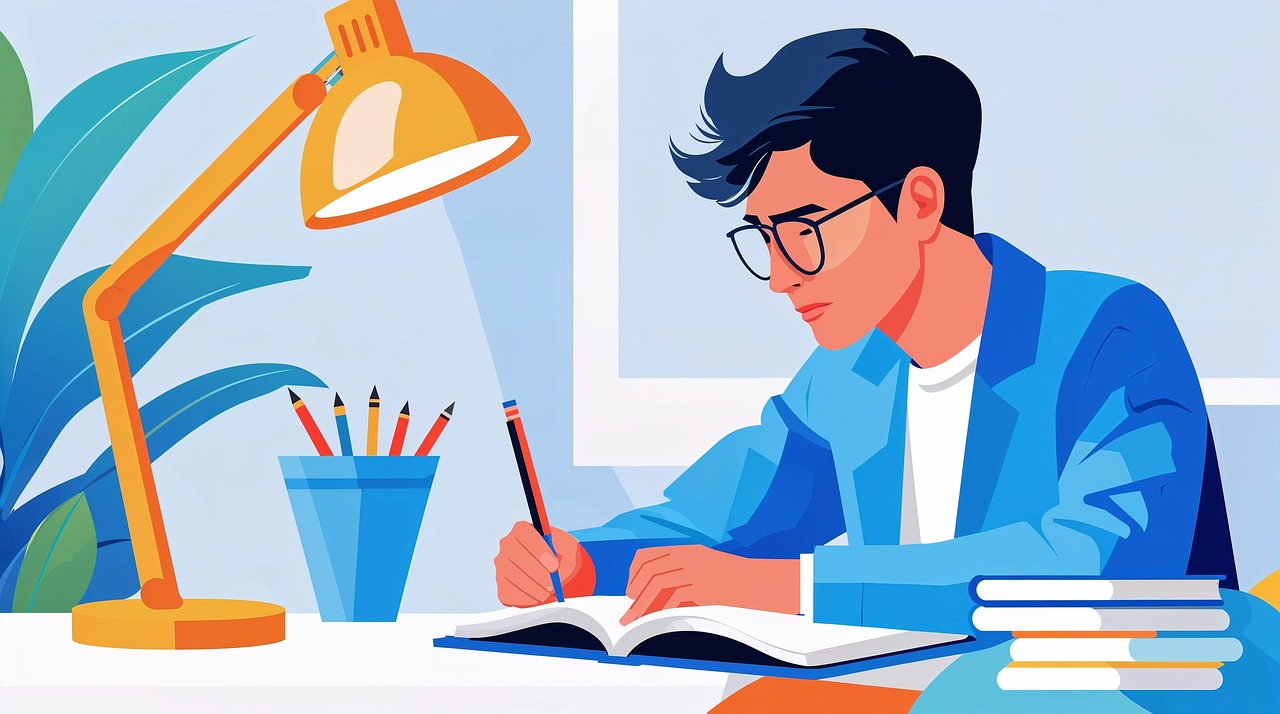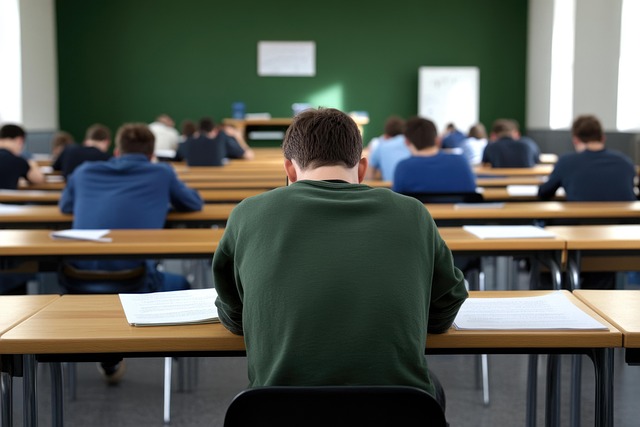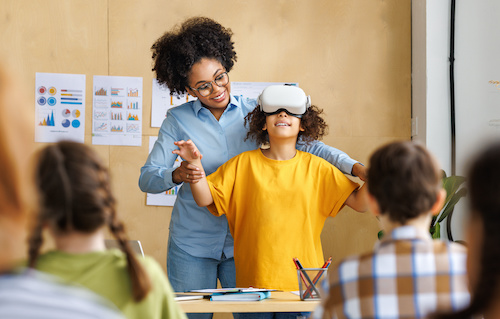School lessons are important, but many of the memories that last the longest don’t come from desks or worksheets. They come from moments outside the classroom. Standing in front of a lion, listening to a guide explain its behavior, or feeling the spray from an aquarium tunnel — those experiences have a way of staying with children long after the day is over. The reason is simple: learning in real life feels different.
Real moments become lasting memories
When children see something happen right in front of them, it locks into memory more firmly than words on a page. Reading that owls can rotate their heads is useful, but watching one turn its head all the way around makes the fact unforgettable. Real-life experiences create what feels like a short movie in the brain. That scene, with its sights and sounds, can be replayed again and again.
This doesn’t happen in the same way in a classroom. Lessons are often abstract, and while children might recall the information for a test, it doesn’t always settle into long-term memory. Pairing knowledge with a striking, real moment makes a world of difference.
Senses strengthen learning
One reason experiences outside the classroom work so well is that they involve more than just listening and looking at a board. Children use their whole range of senses. They might smell hay in a farm enclosure, hear monkeys calling, or feel the damp air in a butterfly house. Even the temperature in different habitats tells part of the story — cool by the penguin pool, warm and humid in a tropical exhibit.
Every extra sensory detail acts as another hook for the memory. When children later think about the animal or habitat, those details come back and carry the lesson with them.
Animals bring lessons to life
Wildlife is especially powerful as a teacher because animals are unpredictable. A meerkat might suddenly call out at the sight of a bird, or a lemur may leap across a branch and fix its eyes on the visitors. These small, surprising moments spark curiosity and lead to questions children might not have thought of otherwise.
Some zoos also offer the chance to take part in an Animal Experience, where children can get closer, help with feeding, or watch how keepers train and care for animals. Opportunities like these connect information from books or videos to something children can see and feel for themselves, making the lesson far more likely to stick.
Feelings lock knowledge in place
Emotions play a key role in learning. A child is far more likely to remember a fact if it is tied to a moment that made them feel amazed, excited, or even calm and thoughtful. Watching a lion pad silently past the glass, or laughing when a goat tugs at a sleeve, creates a surge of attention. That attention tells the brain the moment is worth keeping.
Even quiet experiences matter. Listening to the drip of water in an aquarium tunnel or watching fish glide slowly through a tank can create calm focus, which is just as effective for memory as a moment of excitement.
Encouraging curiosity
Out-of-classroom experiences naturally lead children to ask questions. “Why is that animal pacing?” “How do penguins stay warm?” “What does a zookeeper actually do all day?” These questions are valuable because they come from genuine curiosity. When a child wants to know the answer, the explanation carries more weight.
Guides, teachers, or parents who respond to those questions in the moment give children a personal link to the information. That simple back-and-forth can do more for learning than memorising a list of facts.
Learning through mistakes
Trips also allow for small mistakes that turn into powerful lessons. A child may confuse a cheetah with a leopard, only to have the difference pointed out — the patterns on their coats, the body shape, or the way they move. That moment of correction is memorable, and it prevents the same mix-up in future.
Science centres show this in another way. A child might try a puzzle that doesn’t work the first time. Adjusting their approach until it succeeds teaches persistence and creates a stronger memory than if it had worked straight away.
How the brain processes these moments
Learning has three stages: noticing, understanding, and storing. Real-world experiences support each stage. Children notice because the scene is engaging. They understand because the example is right in front of them. And they store the memory more easily because it is tied to many details — sights, sounds, feelings, and actions.
That night, during sleep, the brain sorts and saves those fresh experiences. Talking about the trip at home helps too, as recalling the details strengthens the memory once more.
Simple ways to help children remember
Parents and teachers don’t need to turn every trip into a lesson plan, but a few small steps make memories even stronger. Setting a simple focus for the day — such as how animals move or how habitats affect body shape — can guide attention. Jotting a quick note or sketch creates a “bookmark” for the brain. Encouraging children to pause and observe for a full minute helps them spot details they might otherwise miss.
Afterwards, asking children to share one thing that surprised them, one thing they enjoyed, and one question they still have is enough to lock in the experience without turning it into extra work.
Science made simple
Complex ideas in biology or geography often make more sense when seen directly. Adaptation is easier to grasp when children notice a snow leopard’s large paws that stop it sinking into the snow. Conservation feels closer when they learn why a species is rare and what is being done to help it. These are lessons children are more likely to remember because they come with a clear, real example.
They also see the responsibility that comes with caring for animals. Watching keepers prepare food, clean spaces, and check on health shows that responsibility is steady and consistent. That lesson is often stronger than any rule explained in a classroom.
Why these lessons stay with children
The value of learning outside the classroom is that it combines information with experience. Children don’t just hear facts, they feel them. The mix of sensory details, emotions, and curiosity creates a kind of “super memory.” These moments become part of how children understand the world, not just what they need to write on a test.



